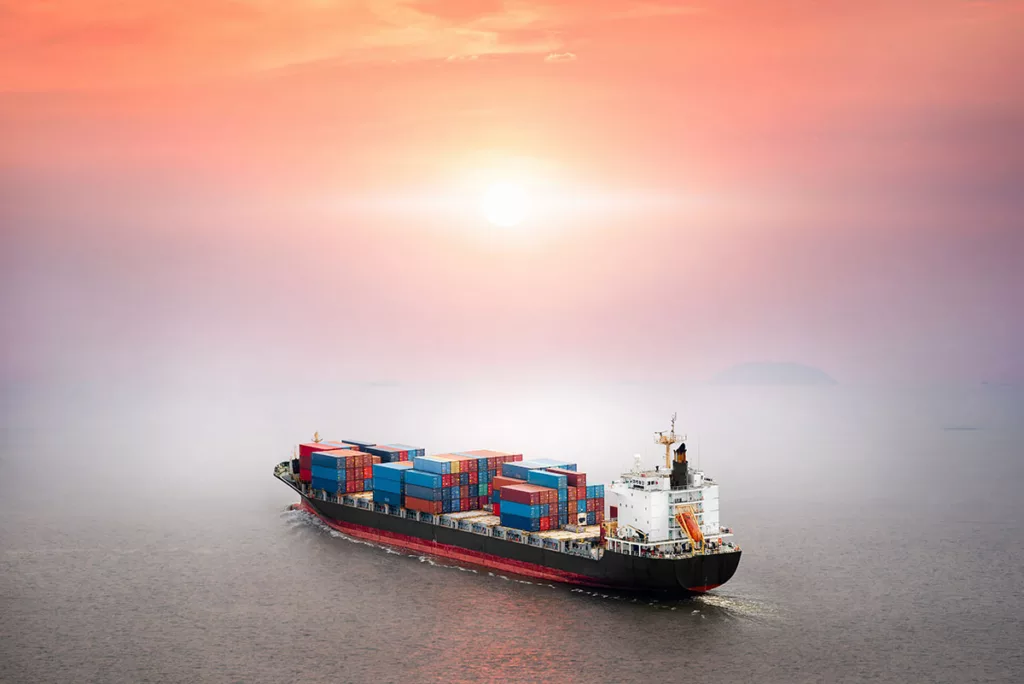
February 10, 2023:
Harvest Technology Group (ASX: HTG) is pleased to announce the success of our second webinar with The Digital Ship on Tuesday February 7, 2023.
Leading the webinar was Head of Sales – EMEA, Andy Freeman with Chief Product Officer, Damiain Brown who discussed using and enabling remote support and remote operations solutions in the maritime industry.
Thank you to those who attended and if you were unable to join us, you can watch the webinar recording by clicking this link. For more information about this topic, a summary of the presentation is provided below.
What are remote support and remote operations?
Remote support is the delivery of support to a remote location through virtual means using technology or devices capable of live two-way audio and video communication. For example, a subject matter expert based in an office provides technical assistance to crew onboard a vessel during inspection, maintenance or repair of equipment.
Remote operations is the ability to control, or contribute to the function of an operation from a different location than where the operation is taking place. This can look like remote coordination of live operations, collection and transmission of data from a remote site to an operational base, or controlling assets remotely.
How can technology enable remote support in the maritime industry?
There are several applications and interfaces that can be used to facilitate remote support and remote operations in the maritime industry. These include:
- Wearables: are devices that can be worn by a user onsite to capture and stream video and allow two-way audio communication with experts receiving the live feed. These enable remote support by streaming audio and video data back to operations centres using ultra-low bandwidth across existing networks. Wearables are hands-free, allowing personnel to focus on the task at hand and can be adjusted remotely.
- Mobile devices: come with similar features to wearables, having cameras, microphones, audio, and display screens but with the added advantage of everyone having one and being highly familiar with how to use it. Specialist software applications can be installed on mobile devices to facilitate remote live video and audio streaming using ultra-low bandwidth over the existing available network.
- Remote operations systems: these leverage a range of interfaces and applications with additional possibilities for autonomous or remote-controlled assets to perform work. These solutions are more complex and include specialised hardware interfaces to acquire, transmit and receive data between remote sites and an operational base. Previously this has been constrained by requirements for large amounts of bandwidth because of the nature and size of data throughput, but with Harvest’s technology, we can manage simultaneous live video and audio streams and synchronised data across any network regardless of quality or congestion, while consuming the lowest possible bandwidth.
Use cases for remote support
Remote technical assistance is one of the most common applications for remote support. This involves sharing information and collaborating with subject matter experts to ensure accurate responses onboard. Remote support presents the opportunity to increase the efficiency of operations by reducing unnecessary downtime and ensuring technically expert personnel are available remotely to manage onboard situations without the need for delays or added costs to travel to site.
A key advantage of remote support is that a technical expert’s knowledge can be available to multiple vessels from a central location, rather than having experts working onboard one ship for several days. For example, a class auditor or inspector typically needs to be physically present on a vessel for days to complete audits or inspections no matter the level of detail. However, with remote support, an inspector can remotely manage the required activity using live video and two-way audio communication to instruct a crew member to physically undertake the inspection on the vessel. This capability provides offers huge savings in time and costs for operators.

Why are shipping operators moving to digitalisation?
There are many drivers for digitalisation in the shipping industry, as covered in our last webinar. The main drivers for the uptake of technology are improved safety and operational efficiency, a reduction in carbon footprint, and reduced costs by removing personnel from site to perform work remotely.
Additional benefits include the ability to attain true situational awareness to facilitate immediate decision-making, a reduction in environmental impact associated with using large vessels and out-of-schedule vessel movements, and streamlining existing operations to reduce downtime.
Some operators are already looking to the future, utilising technology like uncrewed surface vessels, autonomous vehicles, and other marine robotics. These are being deployed in a range of different sectors, and require the vessel to be operated remotely where there is no option for crew onboard.
Who is Harvest Technology?
Harvest Technology Group Limited is a global leader in network-optimised remote operations that delivers real-time remote control, communication, automation, and monitoring capabilities. Harvest provides technology solutions to enable people to connect and transfer real-time, secure video, audio and synchronised data from anywhere in the world regardless of location, network quality or congestion.
Founded in Australia, Harvest’s headquarters are in Perth Western Australia, with regional bases in the U.K. and U.S.
For more information about how Harvest Technology can transform your organisation’s remote operations please contact us here. Our expert team are excited to support your digitalisation journey.
Follow us on LinkedIn for updates on the latest news.
